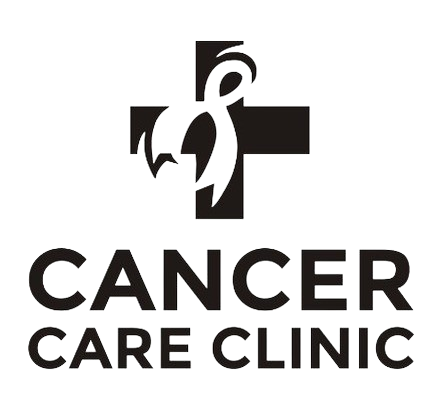Breast Cancer

Breast cancer is one of the most common malignancies affecting women worldwide, though men can also develop the disease. It originates in the breast tissue, typically in the ducts or lobules, and can spread to other parts of the body if not detected and treated early. The primary risk factors include gender, age, family history of breast cancer, genetic mutations (such as BRCA1 and BRCA2), and certain lifestyle factors like alcohol consumption and obesity.
Early detection is crucial for successful treatment and improved survival rates. Regular self-examinations, mammograms, and clinical breast exams are vital for identifying abnormalities at an early stage. Symptoms of breast cancer can include a lump in the breast or underarm, changes in breast shape or size, nipple discharge, or skin changes such as dimpling or redness.
Treatment options for breast cancer vary depending on the stage and type of cancer. They can include surgery (lumpectomy or mastectomy), radiation therapy, chemotherapy, hormone therapy, and targeted therapies. Personalized treatment plans are developed based on the patient’s specific cancer characteristics and overall health.
Ongoing research and advancements in medical technology continue to improve breast cancer diagnosis, treatment, and survivorship. Supportive care, including counseling and support groups, is essential for addressing the emotional and psychological aspects of a breast cancer diagnosis and treatment journey.


